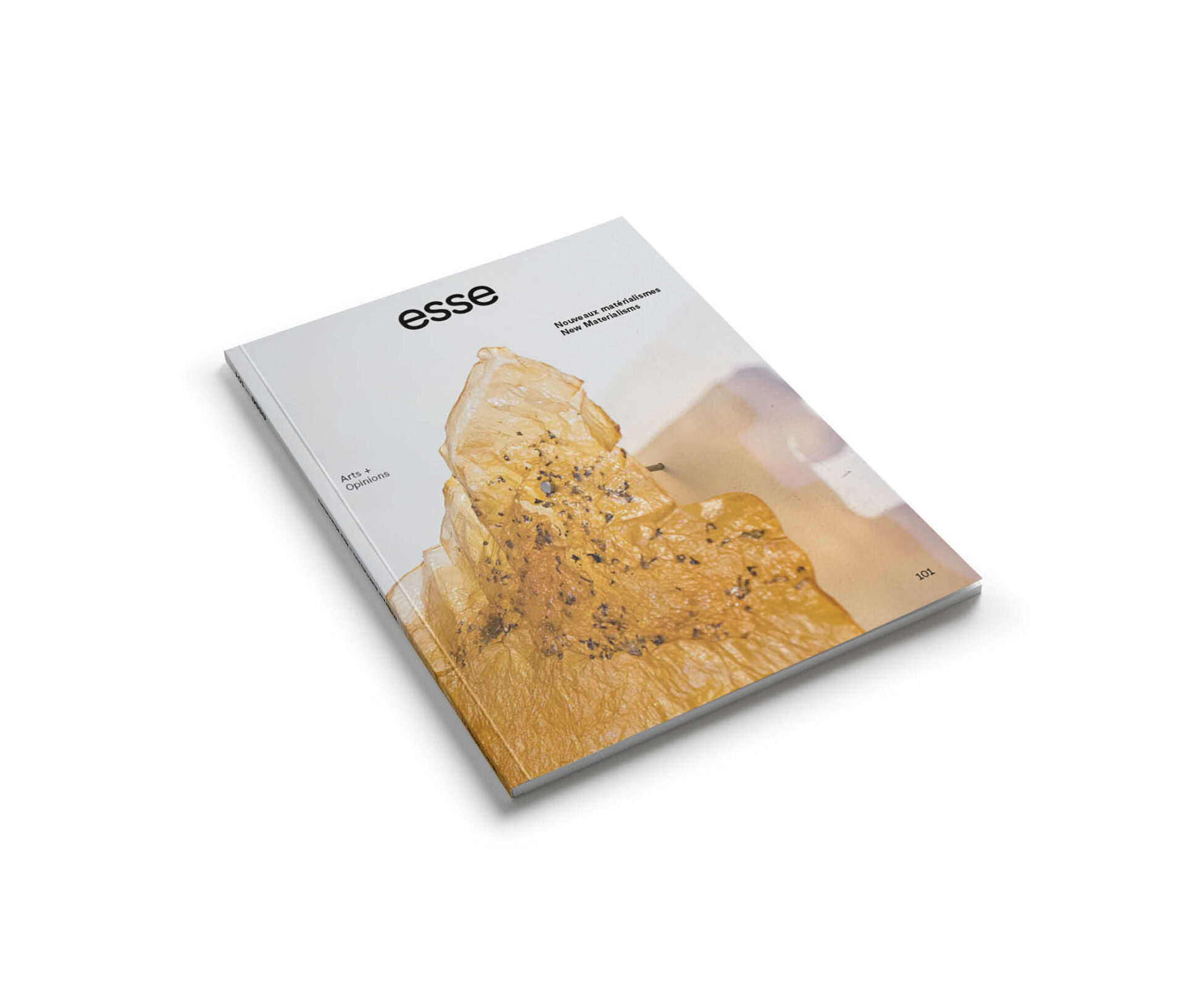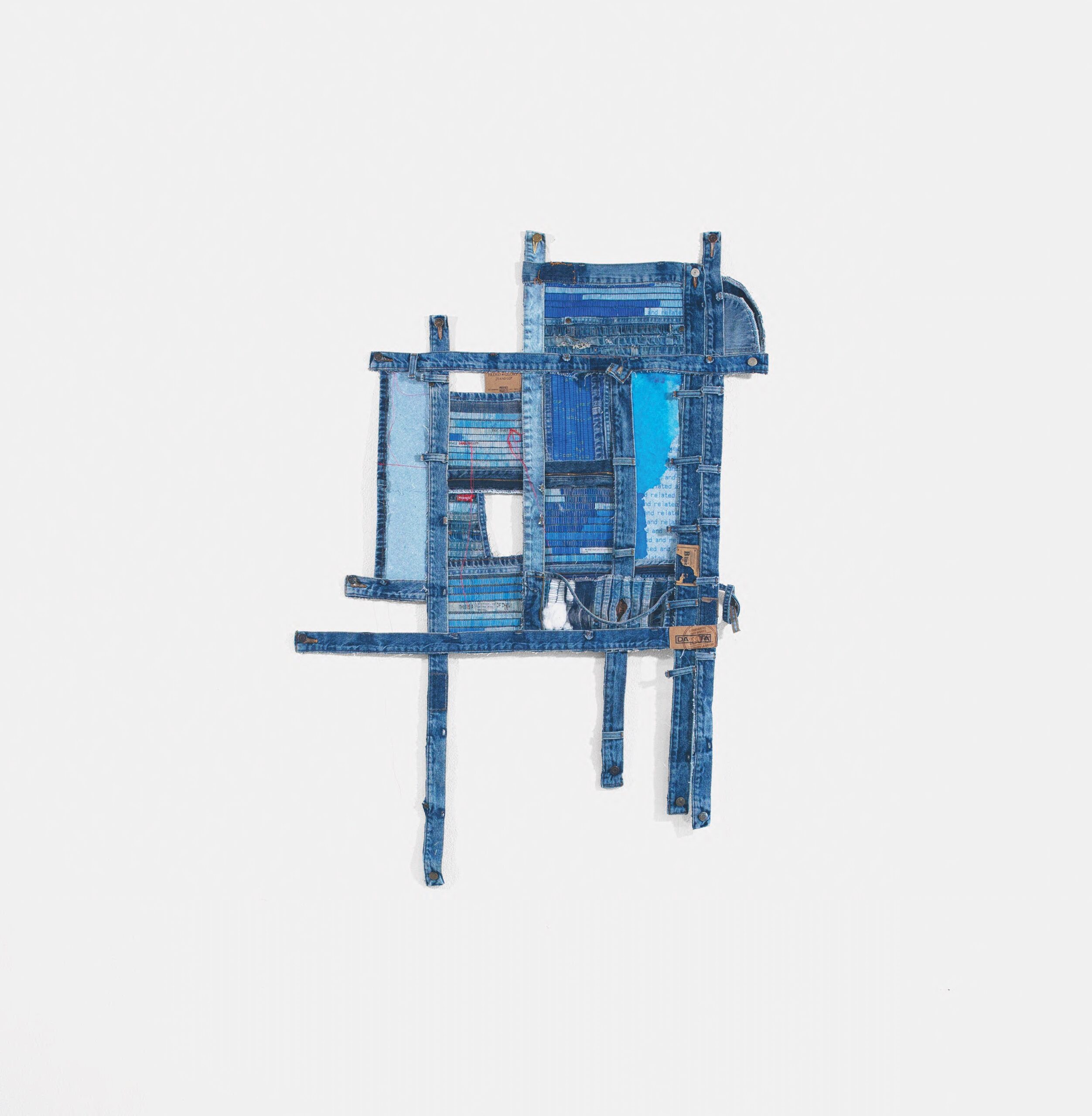
Zero Sum: Kristiina Lahde’s Systems of Objects
In From a Straight Line to a Curve (2014), Lahde builds a geodesic sphere from a collection of yardsticks, linked together by hexagonal joints. Set in the centre of a gallery space, it forms a delicate almost-sphere, towering over visitors, the yardsticks it’s made of so thin that the construction looks impossible, like something that should collapse in on itself with the slightest breath. Made of once-ordinary objects — Lahde sources her yardsticks from Ontario antique stores, where they often turn up as defunct school supplies — the work defies expectations about the materials needed to create geometric spaces of such scale and wonder. It marries the utopian ideals of Buckminster Fuller’s architecture with those of the classroom, of student citizens being formed into the inhabitants of a better world. The description from the 2019 exhibition Extraordinary Measures that included the work describes Lahde as disrupting the function of the measuring device: “By breaking these empirical conventions, the artist invites us to imagine data, space, and distance differently.”1 1 - Extraordinary Measures, art exhibition, University of Waterloo, January 10 — March 2, 2019, accessible online. But what counts as different here? The yardsticks are still yardsticks. They still measure three feet into space, and although it would be awkward to try and measure anything against them in their geodesic configuration it’s not impossible. The empirical convention that Lahde is breaking seems at first to be a very utilitarian one, in which a yard is a way to mete out distance over land. It’s a surveyor’s tool, or a track star’s, a thing with a clear, almost static use — to govern distance by turning it into a line.



